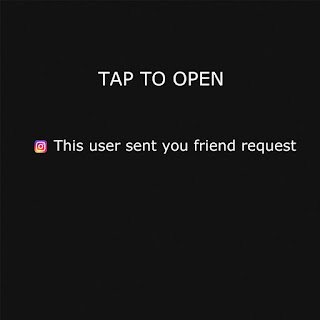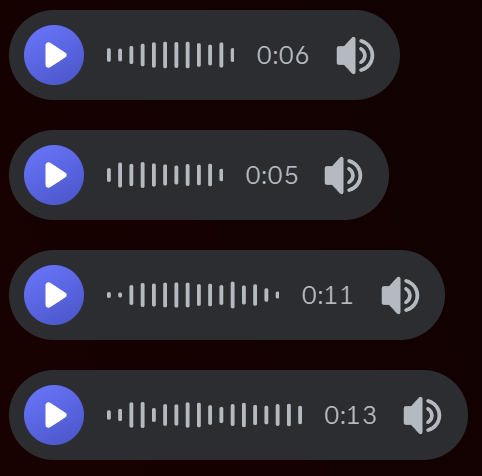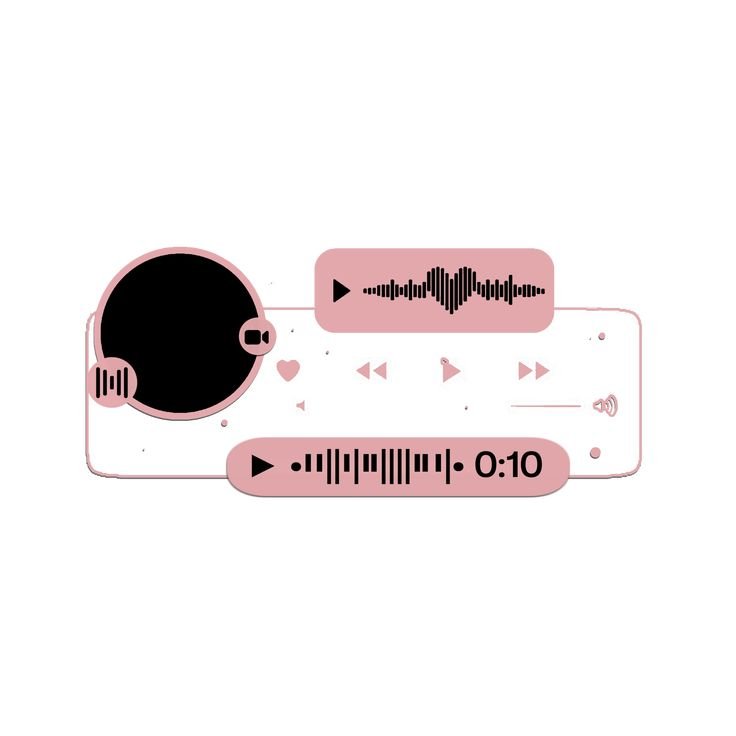Sent You Message but You Are Not Seeing Chats, Tap to Open Please: Exploring Social Media Messaging Features
In today’s fast-paced digital world, communication has become instant, often happening through social media platforms like Instagram, Facebook, and WhatsApp. Whether for professional networking, maintaining friendships, or engaging with new people, messaging is one of the most common ways people connect online. However, at times, users receive notifications with the phrase “Sent You Message but You Are Not Seeing Chats, Tap to Open Please.” This notification can create confusion or curiosity, as it suggests that someone has tried to reach out but the recipient hasn’t seen their message yet. But what does this really mean, and how does it fit into the broader context of social media messaging?
In this article, we will delve deep into the meaning of this notification, its significance, the user experience surrounding it, and the psychological and functional impact it has on digital communication. We will also explore how to handle these messages effectively and the features that these platforms have incorporated to ensure seamless communication.
What Does the “Sent You Message but You Are Not Seeing Chats” Notification Mean?
The notification “Sent You Message but You Are Not Seeing Chats, Tap to Open Please” is often seen on platforms like Instagram, Facebook, and other social networking sites that include a messaging system. It indicates that a user has sent you a direct message (DM), but you have not yet opened the chat, or perhaps you have missed it altogether.
This notification usually appears when the recipient has not yet checked their direct message inbox or is unaware of the new message(s). In some cases, this can happen when users are unaware that they have unread messages in their inbox or message requests folder. Social media platforms have different ways of organizing incoming messages, and sometimes these messages get lost in the clutter, especially when they come from non-followers or users outside your immediate network.
How Do Social Media Platforms Handle Messages?
On platforms like Instagram and Facebook, there are different ways messages are organized:
- Main Inbox: This is where messages from people you follow or are connected with usually appear. These messages are prioritized and more easily accessible.
- Message Requests: If someone you don’t follow sends you a message, it typically goes into a message requests folder. Here, users are notified of the message but are given the choice to either accept or decline the communication.
- Spam or Filtered Messages: On some occasions, platforms automatically filter out messages they consider spam. These may not always be immediately visible unless you check the spam or filtered messages section.
Thus, when you see the notification “Sent You Message but You Are Not Seeing Chats, Tap to Open Please,” it may indicate that the sender is either waiting for a response or that their message has been lost in the shuffle due to message filtering or being placed in the requests folder.
The Importance of This Notification
This specific notification is important because it serves as a gentle reminder that there’s an unread message awaiting attention. In today’s hyper-connected world, keeping up with messages is a common social expectation. For brands, influencers, and professionals, timely communication is critical for maintaining relationships and responding to business opportunities or customer inquiries.
The “Tap to Open Please” part of the notification is a nudge to the user to interact with the app and open the message to engage with the person reaching out. Social media platforms understand that people are busy and may miss messages, so this feature ensures that no interaction goes unnoticed. It’s a way of bringing attention to important messages, whether they are from friends, acquaintances, potential clients, or collaborators.
Why Are You Not Seeing the Chats?
So, why might you not be seeing the chats in the first place? There are a few potential reasons:
1. Unnoticed Notifications
With the increasing volume of notifications we receive daily, it’s easy to miss one here and there. Whether it’s an email, a social media alert, or a text message, notifications can sometimes get buried under a flood of others. Similarly, social media platforms often send multiple notifications throughout the day, and a message may easily slip through the cracks.
2. Message Requests and Privacy Settings
On platforms like Instagram, messages from non-followers are often placed in a “Message Requests” folder. Unless you actively check this folder, you may not see these messages. Sometimes, platforms also categorize messages under “general” and “primary” tabs, which can cause confusion, especially if you are unaware of how the platform sorts messages.
If you have certain privacy settings that limit who can message you, this could also impact whether or not you see messages from people outside your network. Some platforms offer the option to accept or decline messages based on your privacy preferences, which can contribute to unread messages being missed.
3. App Settings and Notifications Turned Off
If you have disabled notifications for specific apps or set your device on “Do Not Disturb” mode, you may miss new messages altogether. Similarly, if your social media app has its notifications turned off or you’ve muted certain conversations, the notification you receive might be the first indication that there are unread messages.
4. App Bugs or Glitches
On occasion, app bugs or glitches may result in a delay in message notifications or cause messages to not appear in the inbox as expected. In this case, it’s often recommended to restart the app or update it to the latest version to fix any bugs.
The Psychology Behind Digital Communication and Message Notifications
The notification “Sent You Message but You Are Not Seeing Chats, Tap to Open Please” isn’t just a technical reminder — it also has psychological implications for both the sender and the receiver.
FOMO (Fear of Missing Out)
For the sender, receiving this notification could trigger the Fear of Missing Out (FOMO), as they may be waiting for a response or anticipating the recipient’s reaction. It’s a subtle nudge that ensures their message is seen and read, rather than being lost in the digital noise. In an age where instant responses are increasingly expected, FOMO can drive people to follow up on messages more aggressively or to send multiple reminders.
Social Validation
On the recipient’s end, the notification can create a sense of social validation. When someone reaches out, it’s a sign that they are interested in communication. Social media platforms encourage this behavior by prioritizing notifications, even showing the exact number of unread messages. This boosts the importance of checking messages as part of our daily routine and can even lead to a sense of obligation to respond in a timely manner.
The Impact of Instant Gratification
Instant communication on social media also taps into our desire for instant gratification. The notification encourages us to open the chat immediately and engage in a conversation. This desire for immediate feedback and acknowledgment is a key characteristic of modern communication and is further heightened by notifications that prompt us to act quickly.
How to Handle and Manage Message Notifications Effectively
Given how important digital communication has become, it’s crucial to manage message notifications effectively. Here are some tips:
1. Prioritize Important Conversations
With many messages coming from different sources, it’s important to prioritize which ones are most relevant to your personal or professional life. If a message is from a close friend or a potential business opportunity, it’s worth opening immediately. However, messages from spam accounts or people you do not know might be left unread until you have the time to review them.
2. Regularly Check Message Requests
If you’re active on social media and receive messages from both followers and non-followers, regularly checking your “message requests” folder ensures that no important communication goes unnoticed. Many platforms allow you to organize messages by categories, so this can be a helpful way to keep track of all conversations.
3. Adjust Your Notification Settings
If you’re feeling overwhelmed by constant notifications, consider adjusting your app notification settings. You can turn off non-essential notifications or mute certain chats temporarily. Social media platforms like Instagram and Facebook allow users to fine-tune their notification preferences, ensuring you are only alerted to the most important messages.
4. Set Boundaries and Expectations
Especially for business or professional use, it’s important to set boundaries regarding when and how you respond to messages. Setting expectations for response times, particularly if you’re managing a social media account or a business page, can help reduce the pressure of responding immediately.
5. Practice Digital Hygiene
Lastly, practicing good digital hygiene — regularly organizing your inbox, unsubscribing from unnecessary notifications, and being mindful of your app usage — can help you maintain control over your social media interactions. By keeping your digital communication streamlined, you can avoid unnecessary distractions and focus on meaningful conversations.
Conclusion
The notification “Sent You Message but You Are Not Seeing Chats, Tap to Open Please” is a reflection of how integral messaging has become to our daily lives and how social media platforms are continuously evolving to facilitate communication. Whether it’s a reminder to check your messages or a prompt to engage in a conversation, these notifications are a necessary part of the digital ecosystem.
By understanding the underlying mechanisms of messaging on social media and using the tips provided for managing notifications, users can ensure that they stay connected, organized, and in control of their digital conversations. In a world where every message matters, staying engaged and responsive can open the door to new connections, opportunities, and relationships.







